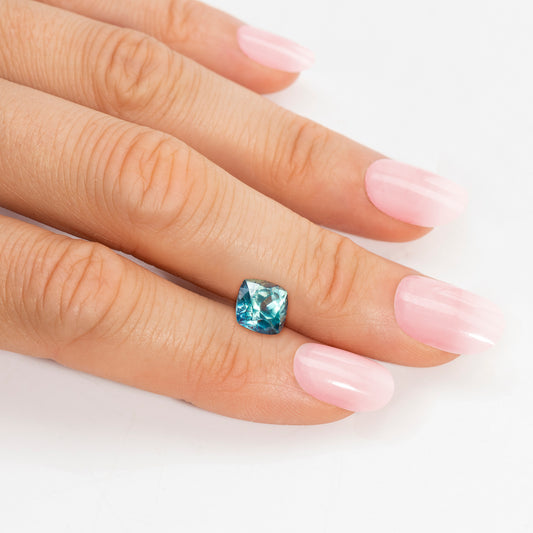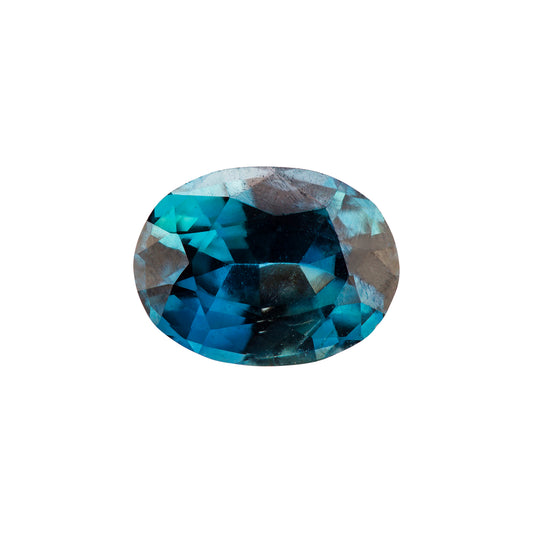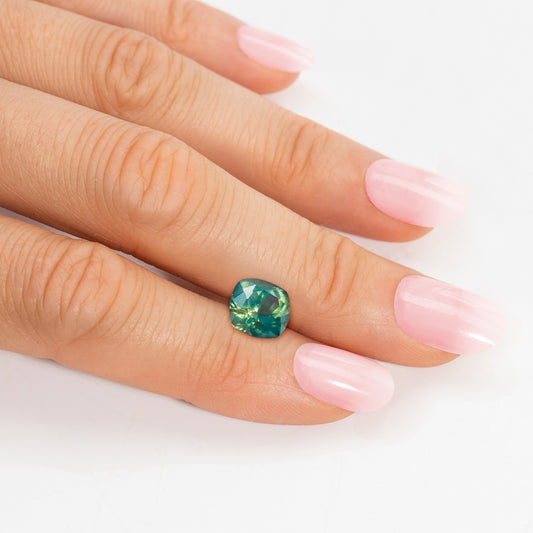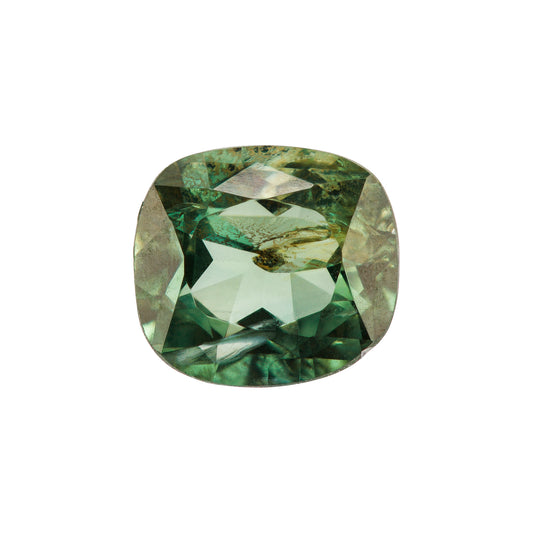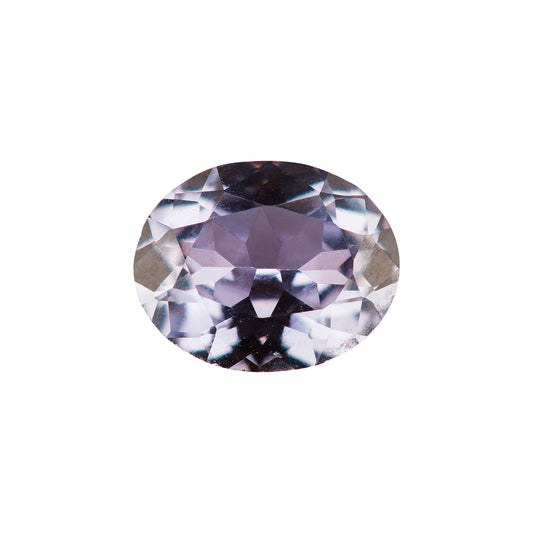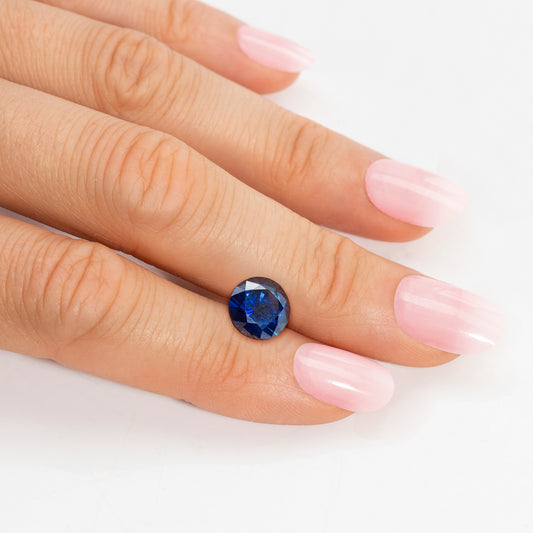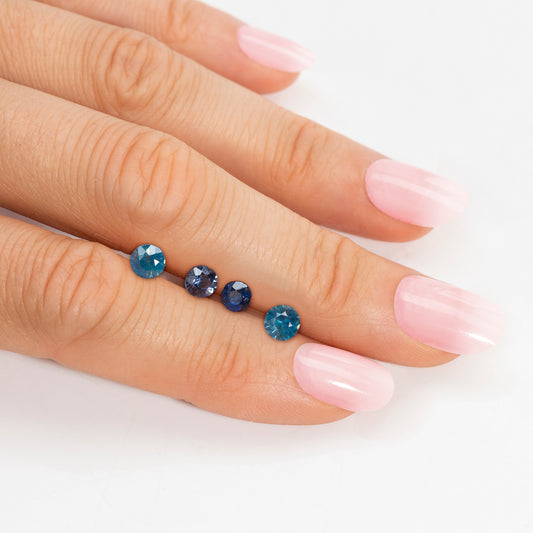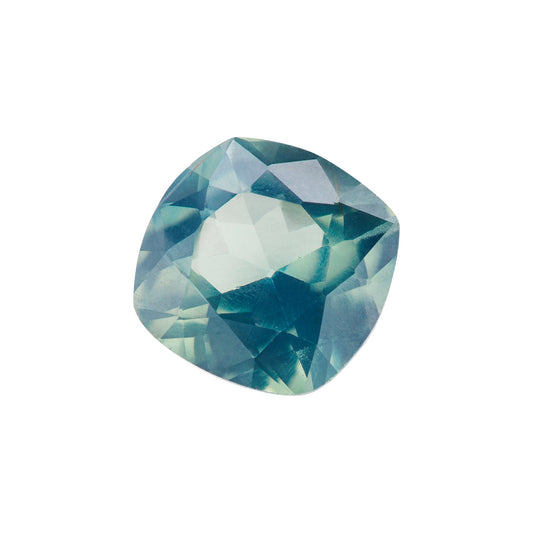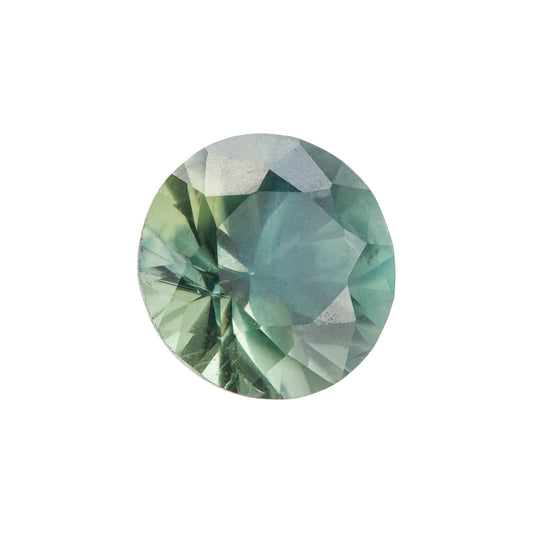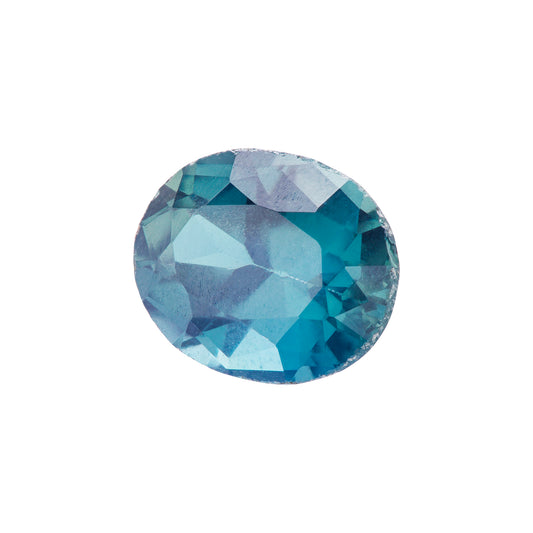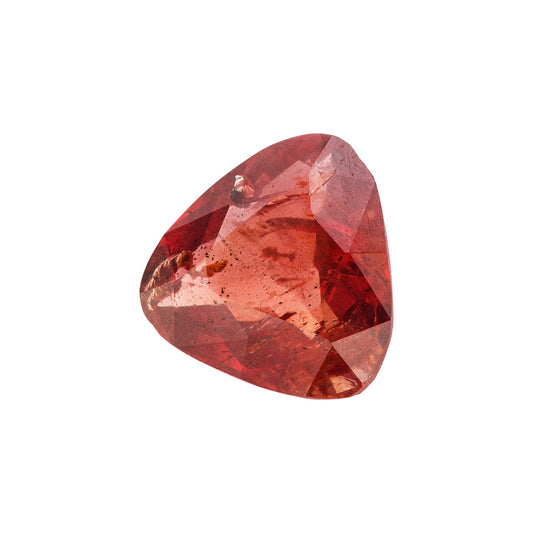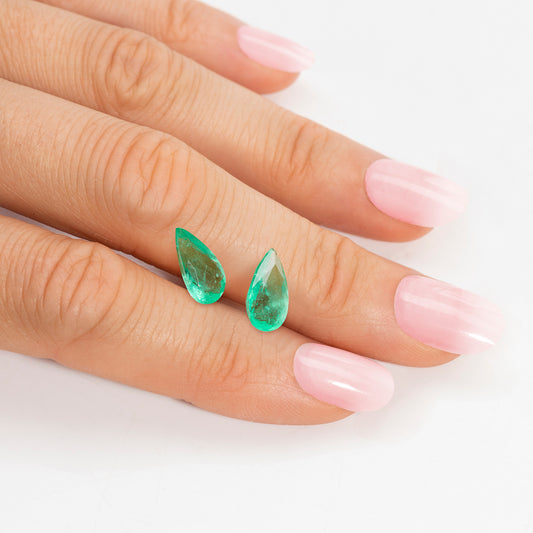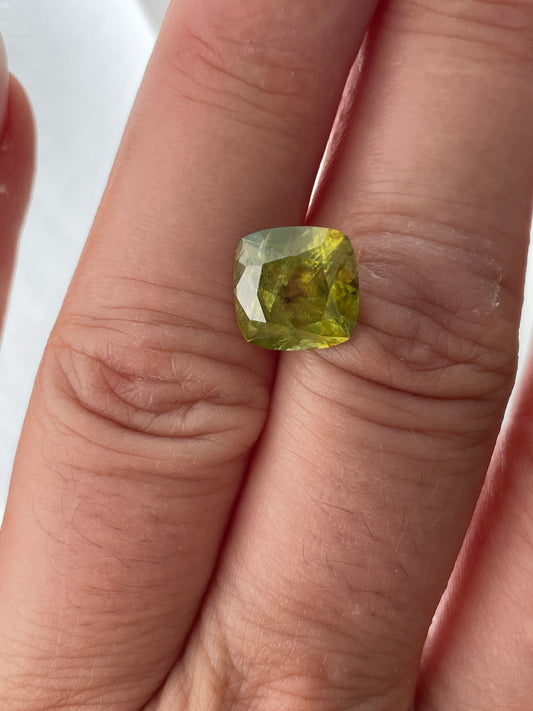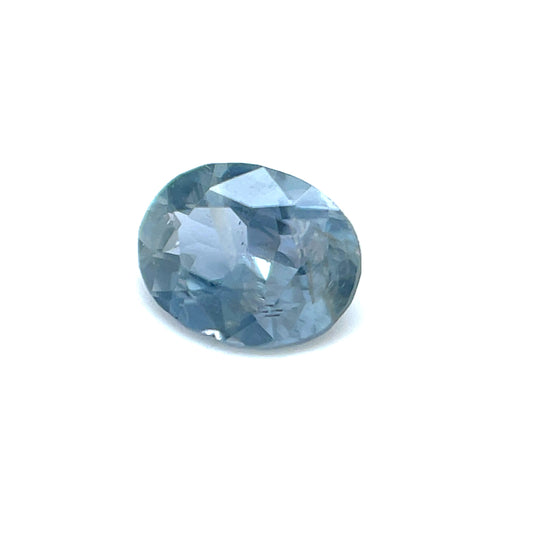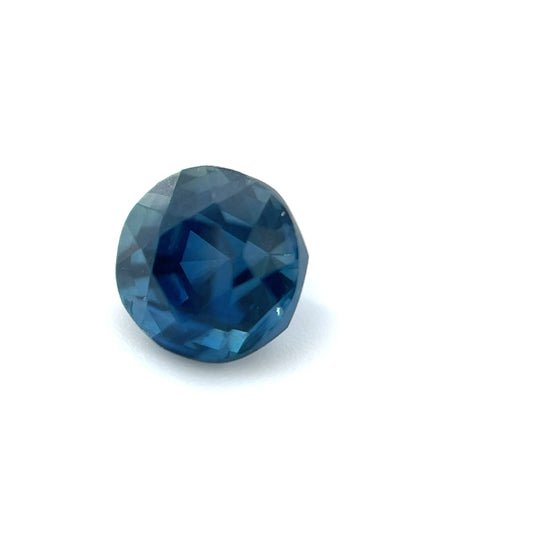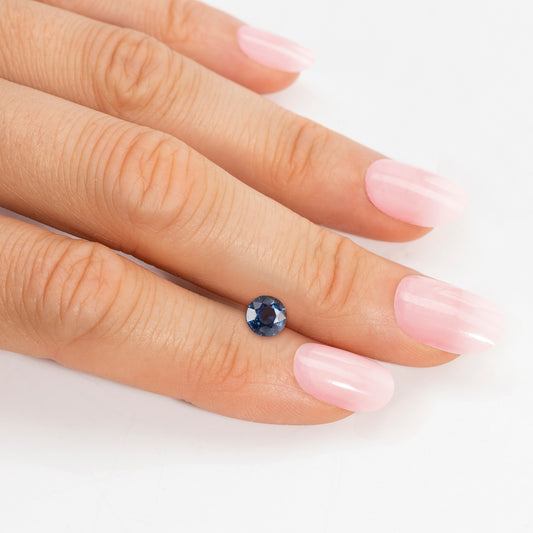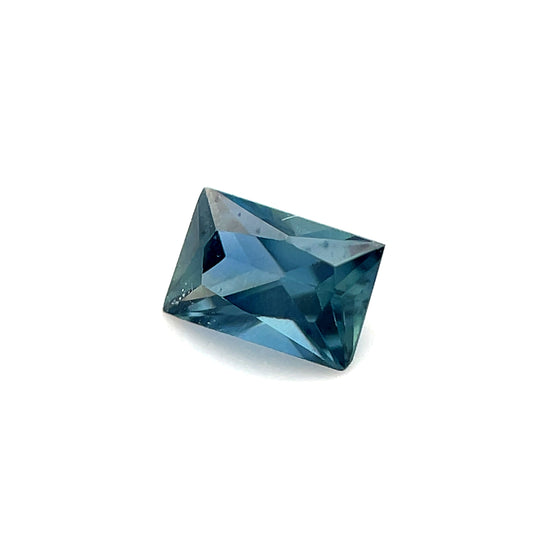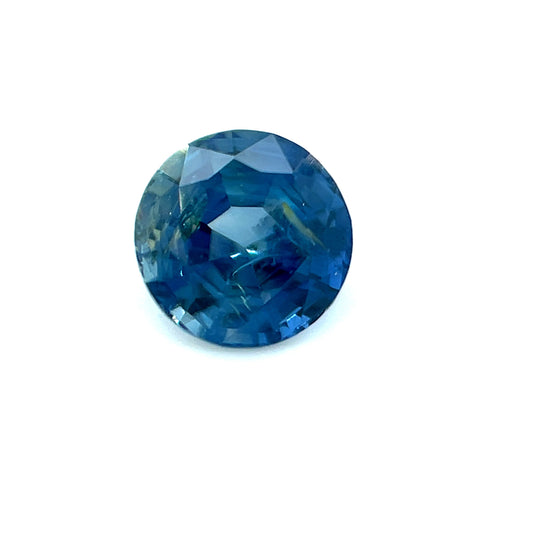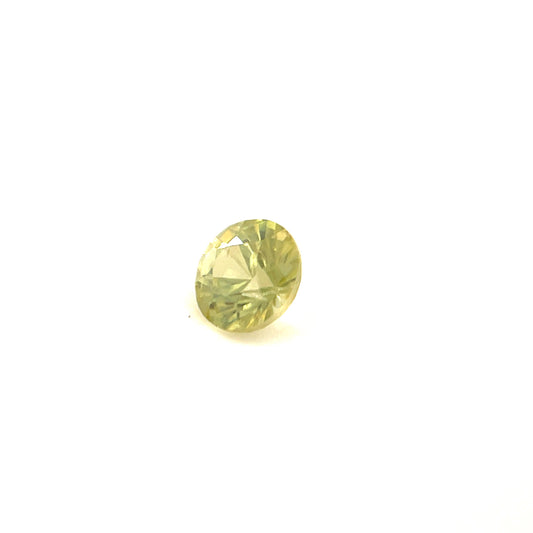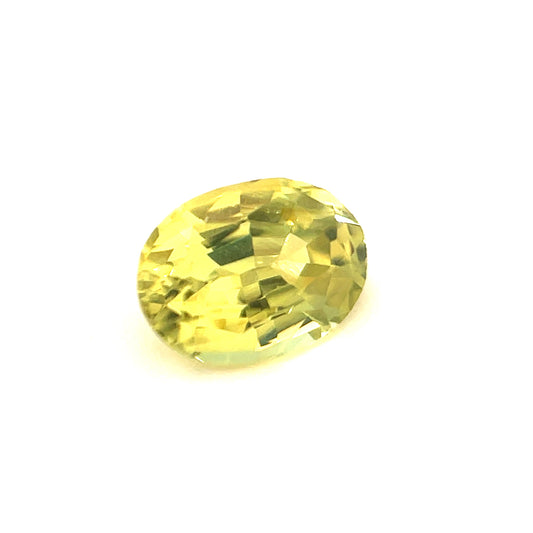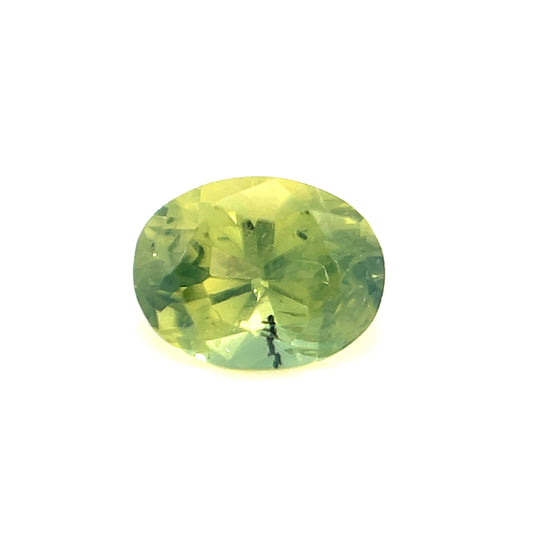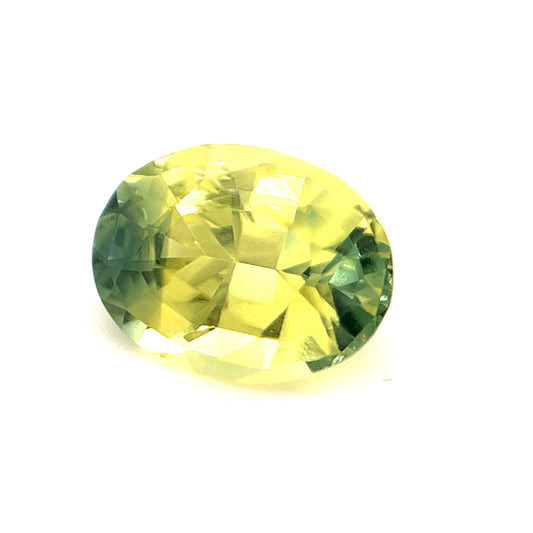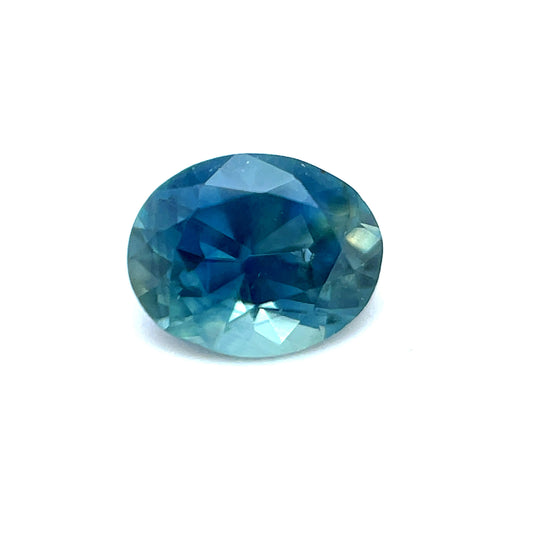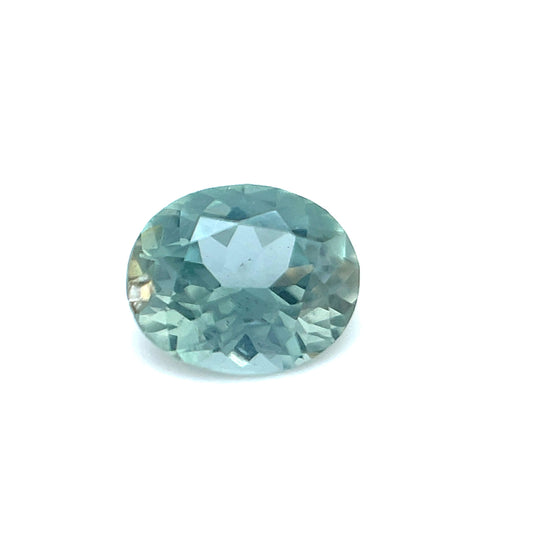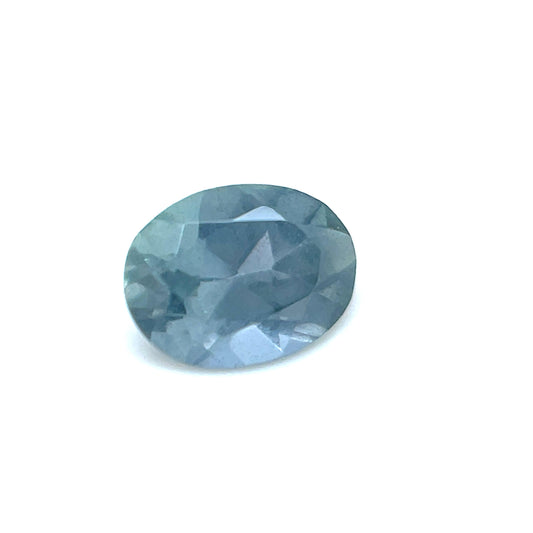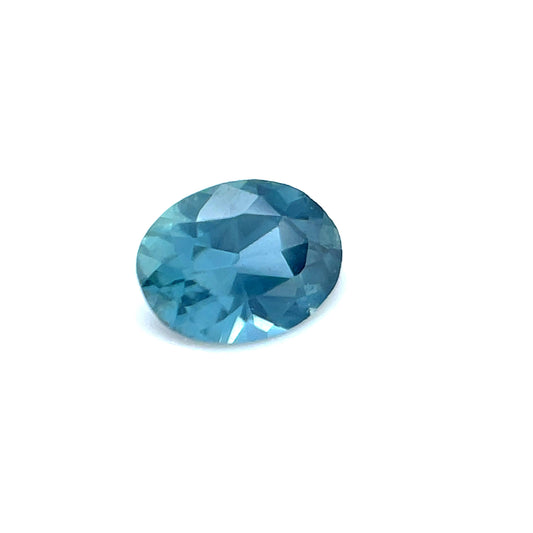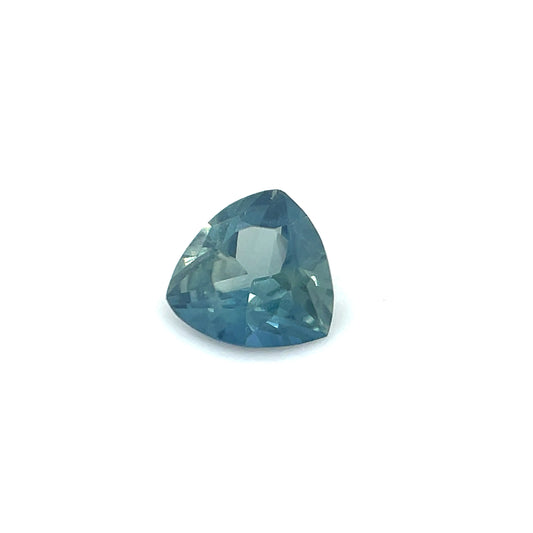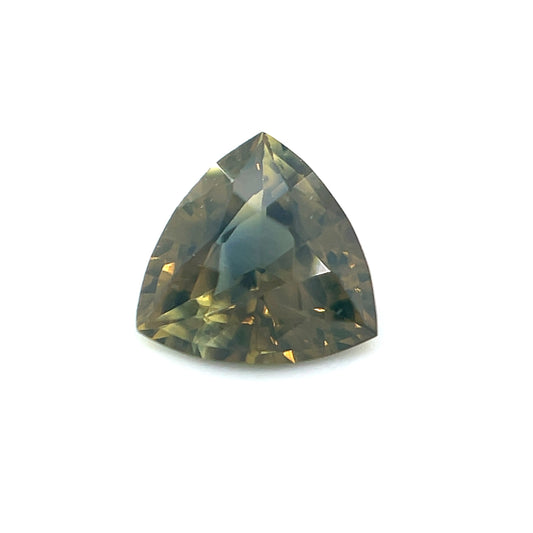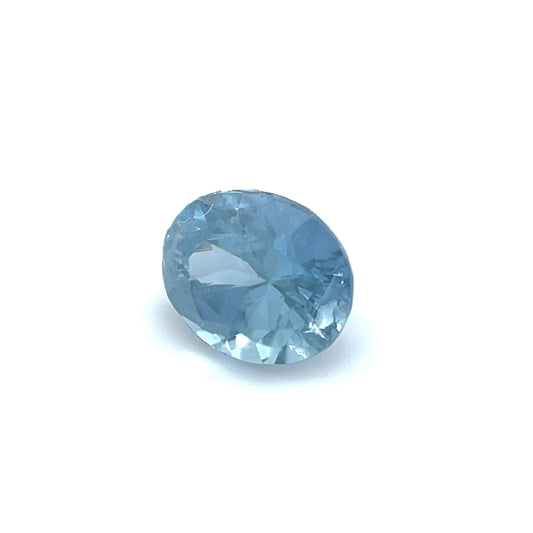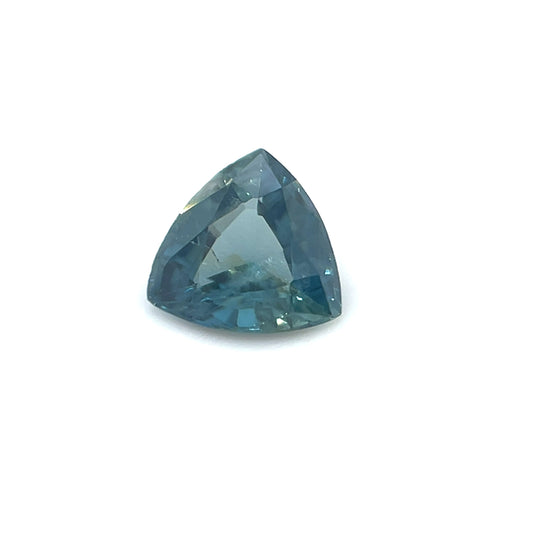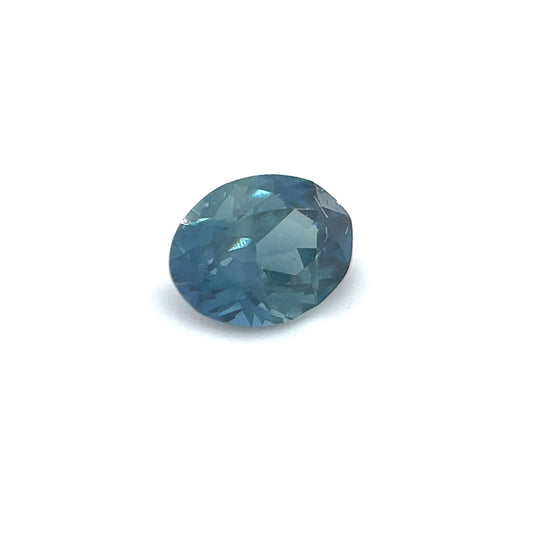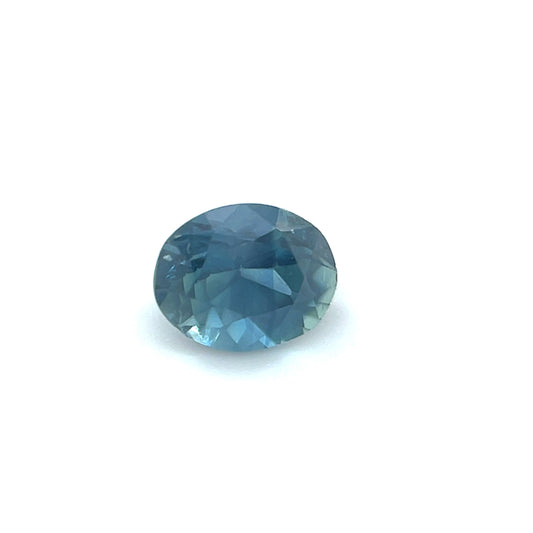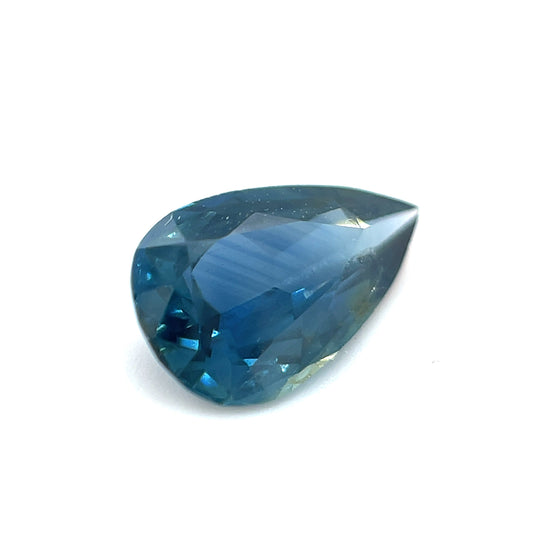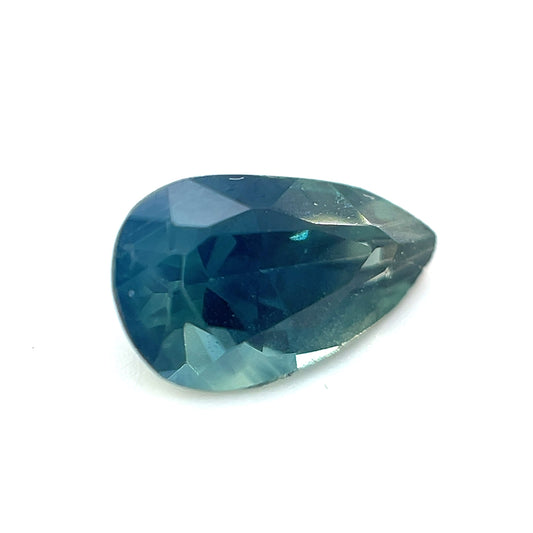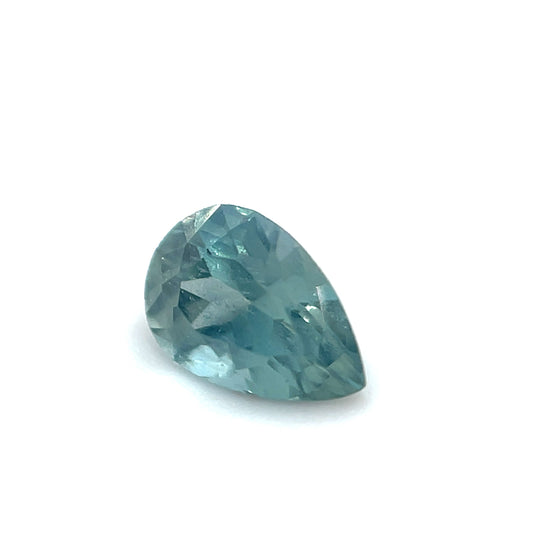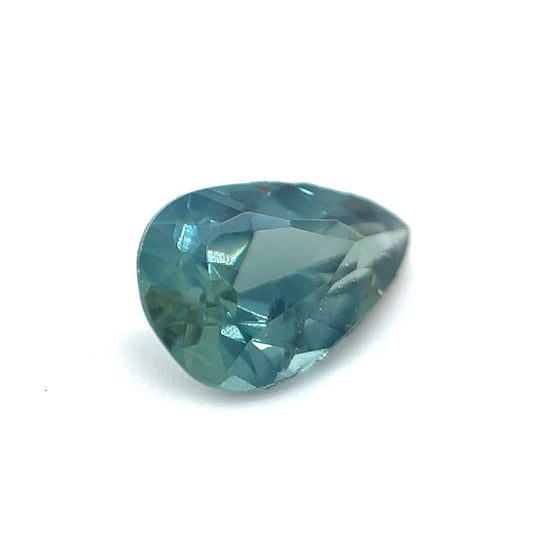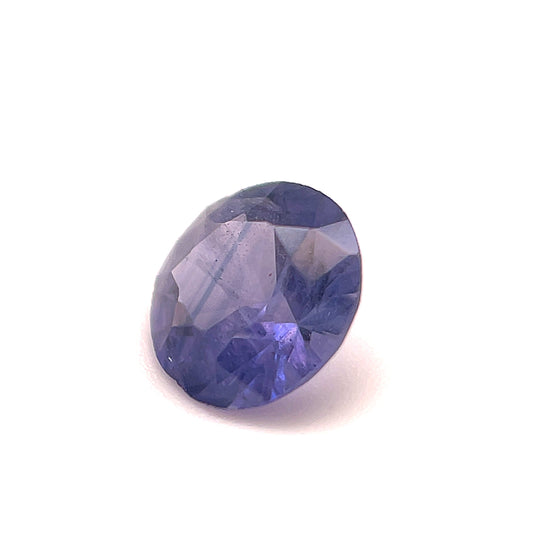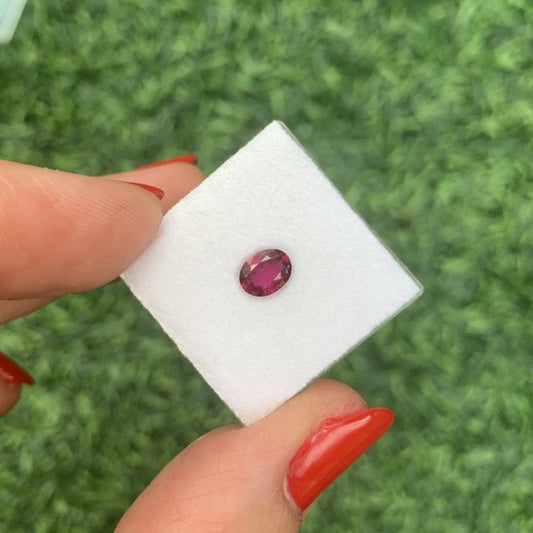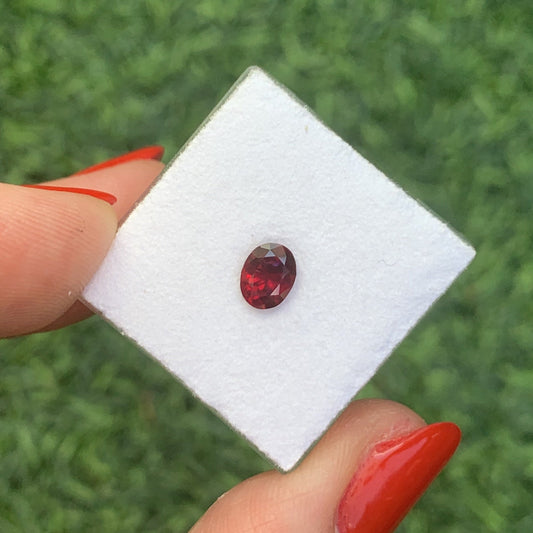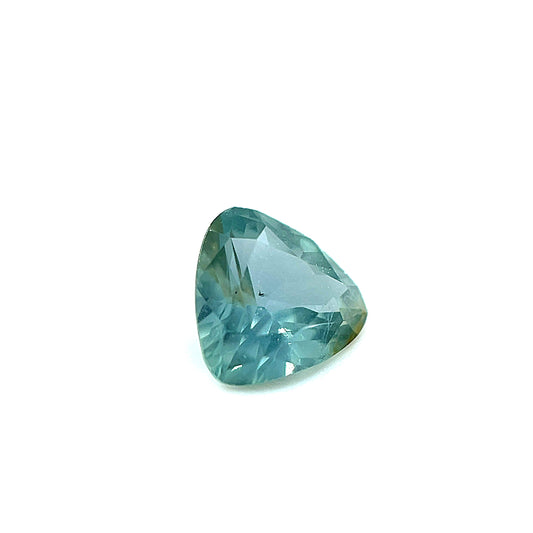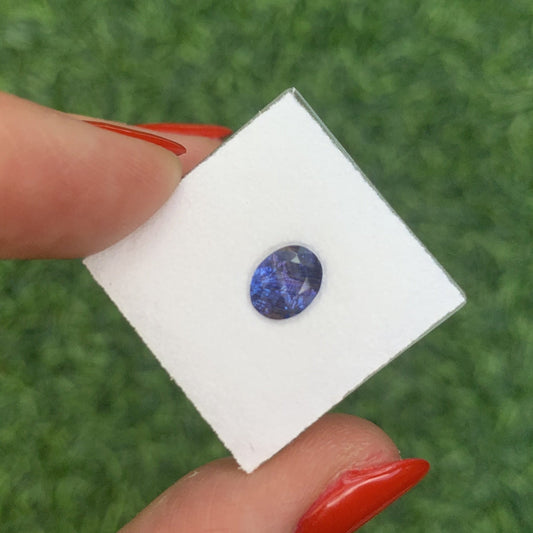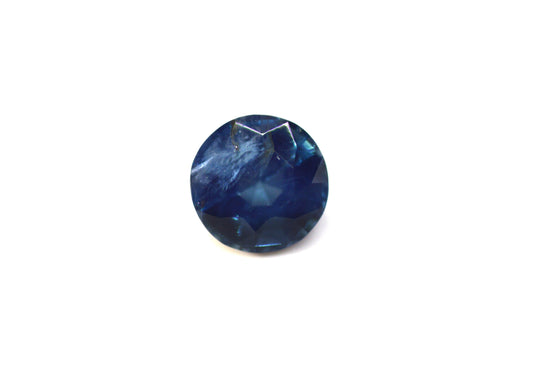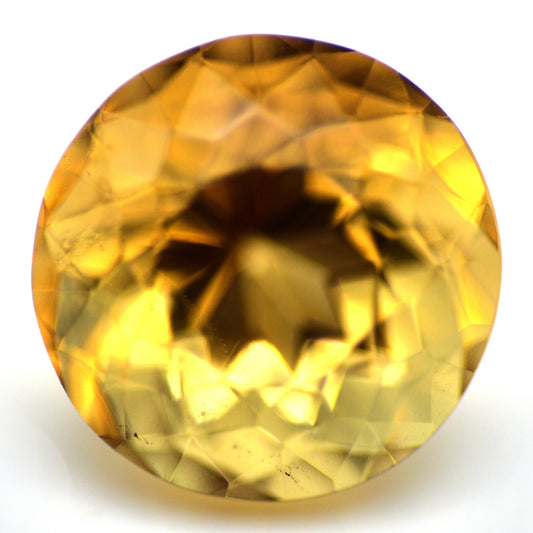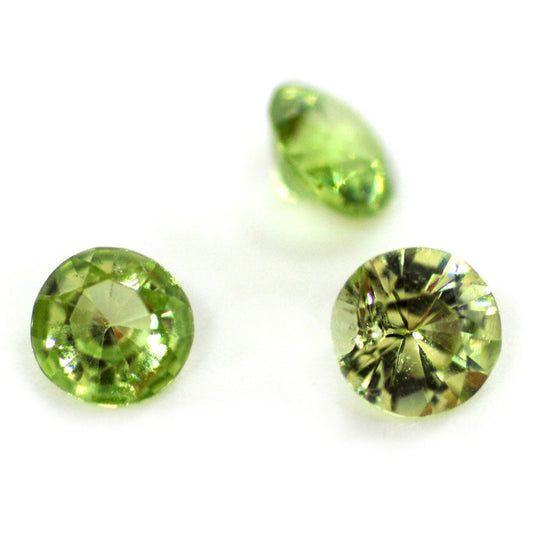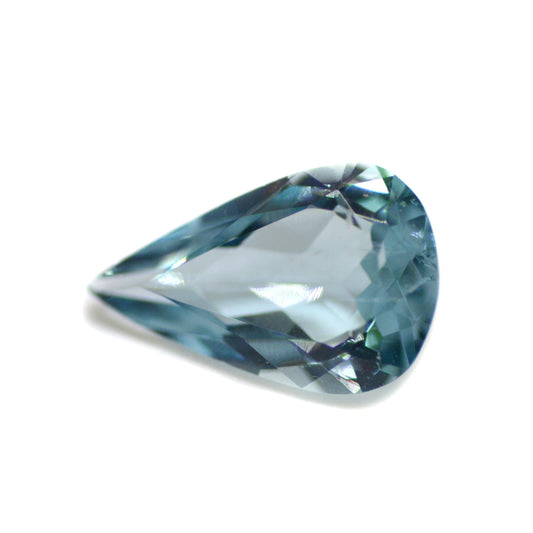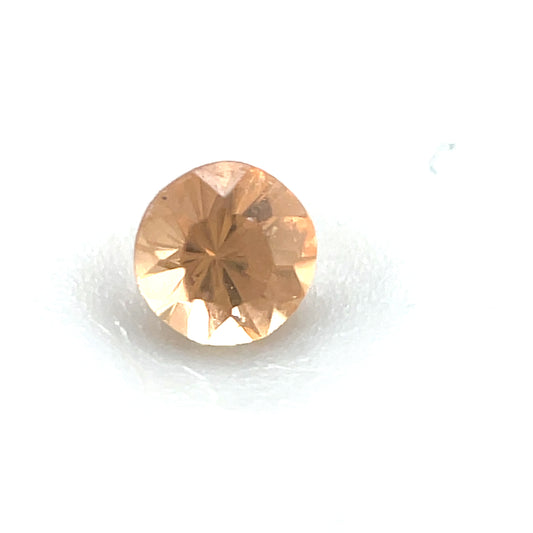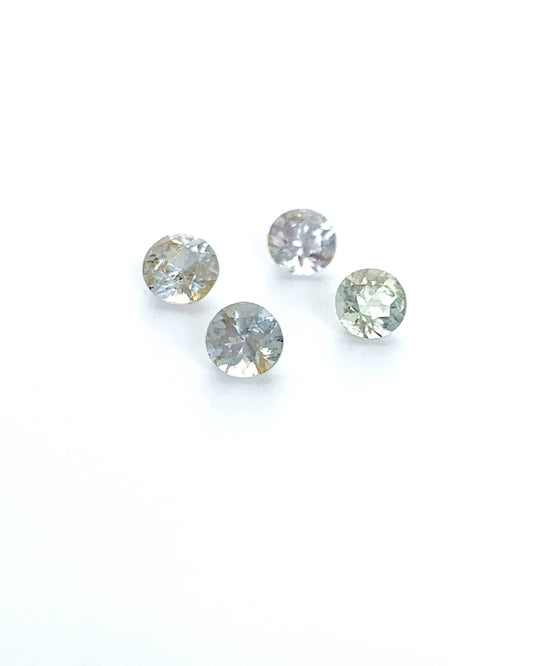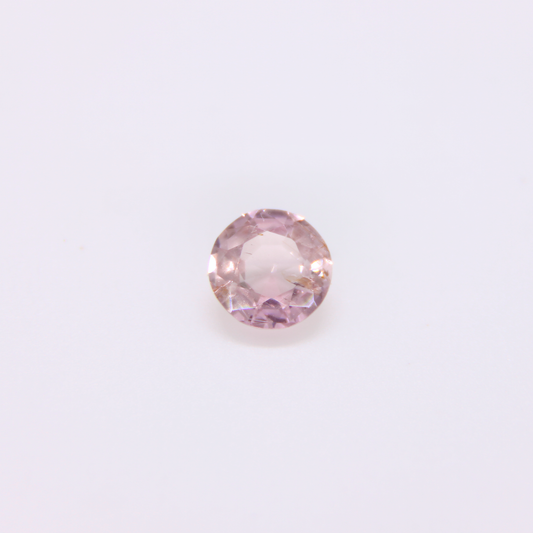The chrysoberyl
bears the appropriate name "cat's eye" for good reason. This gemstone is reminiscent of the eye of a majestic feline predator.
The chrysoberyl is often mentioned in connection with emeralds and aquamarines, although it is not actually a beryl in the true sense. Together with alexandrite, it forms a very distinct category of gemstones that have the ability to change color, depending on the variety.
The history of chrysoberyl
There are only a few mines in the world where the cat's eyes can be found, so they are extremely rare. Chrysoberyl has been considered a protective stone and talisman since ancient times. It is said to give one protection and positive energy, and to promote tolerance and harmony. Scientists have discovered that fine inclusions are responsible for the cat's eye phenomenon. Because of this special nature and its many uses, including in modern gemstone therapy, it belongs to the absolute gemstone luxury class.
Properties of chrysoberyl
Cat's eyes are among the most beautiful things nature has ever created. Through their inclusions on the surface of the stone, incident light is reflected in such a way as to create a bright streak of light. When moved, this causes it to look as if a feline predator is winking at us. Der Cateye Chrysoberyl is usually opaque and is cut as a cabochon. The gemstone comes in a wide variety of hues, from a greenish yellow to a brownish honey yellow or colors like mint green occur. As well, it is also available in these colors as a transparent and faceted stone.
About the origin of chrysoberyl
The chrysoberyl is a very rarely occurring mineral, from the middle class of oxides and hydroxides. With its Mohs hardness of 8.5, it is the fourth hardest mineral. It forms in igneous rocks.
- Occurrence: Madagascar, Myanmar, Brazil, Sri Lanka, Russia
- Colors: golden yellow, yellow-green, yellow-brown, green-yellow
- For alexandrite: green and red
- Transparency: transparent to translucent, cat's eye usually opaque
- Hardness: 8.5
- Density: 3.70 bis 3.80
- Carat price: € 50,- bis 750,-/ct; Steine über 6 Karat seltener





